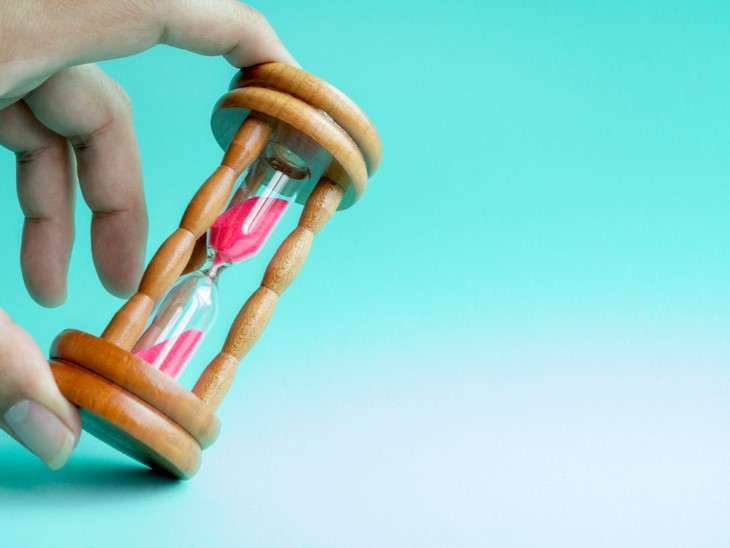
In the realm of medical science, the influence of psychological factors on physical health has long been a subject of intrigue and debate. A recent groundbreaking study by Harvard psychologists Peter Aungle and Ellen Langer, published in Scientific Reports, adds a fascinating dimension to this discourse. Their research, the first of its kind, delves into how our perception of time can significantly impact the physical process of healing.

The experiment conducted by Harvard psychologists Peter Aungle and Ellen Langer was meticulously designed to explore the intricate relationship between our perception of time and physical healing. It stands out for its innovative approach in investigating the mind-body connection, particularly focusing on the concept of perceived time as a variable influencing physical health outcomes.

The researchers recruited participants for a controlled study where each participant was subjected to a mild wounding process. This process involved cupping therapy, a method chosen for its ability to create minor, observable bruises on the skin in a standardized manner. The consistency in the method of causing the wound was crucial for ensuring that the observed effects on healing could be attributed to the psychological variable under study – the perception of time – rather than variations in the severity or nature of the wounds.
The most innovative aspect of this experiment was the manipulation of the participants' perception of time. Participants experienced the wounding process under three different time perception scenarios:
Normal Time: This scenario was the control condition, where the perception of time was aligned with the actual clock time.
Fast Time: In this scenario, participants were led to believe that time was passing twice as fast as it actually was. This manipulation was achieved through a variety of techniques, including altering timer speeds and engaging participants in activities that distorted their perception of time.
Slow Time: Conversely, in this condition, time was made to feel like it was moving at half the pace. Similar to the Fast Time condition, various methods were used to alter the participants' perception of time.

The key here was that, in reality, the actual time elapsed during the experiment was the same for all participants, irrespective of the condition they were in. This clever design allowed the researchers to isolate the effect of perceived time on the healing process.
Post the wounding process, the researchers meticulously observed and measured the healing of the bruises under each time perception condition. This was critical to determine whether and how the different perceptions of time influenced the physical healing process. By comparing the rate of healing across the three scenarios, the researchers could draw conclusions about the impact of perceived time on physical health outcomes.
The implications of these findings extend beyond conventional medical wisdom, which often contends that psychological influences primarily affect health indirectly through behavior. Instead, Aungle and Langer's work supports the theory of mind-body unity, suggesting that the mind and body interact in a bidirectional and simultaneous manner. This concept, though acknowledged in certain domains like chronic pain management and placebo effects, has been overlooked or discounted in others.
The practical applications of these insights are vast. For instance, the study's findings might influence how we approach recovery periods in medical treatment, suggesting that patient perceptions could be as critical as the treatments themselves. The implications also extend to various domains of health care, such as aging, chronic pain management, and even genetic predisposition.
Despite these intriguing results, the study faces some limitations. For instance, measuring the exact degree to which perceived time was successfully manipulated was challenging. Future research could explore how more accurate manipulation of perceived time might influence healing. Another intriguing area of research would be to study populations with different internalized concepts of time, such as those in cultures with less rigid time structures.

The findings of Aungle and Langer's study represent a paradigm shift in understanding the mind-body relationship. It underscores the need for the medical community to acknowledge and integrate psychological factors in all aspects of health and well-being. This research compels us to consider a more holistic approach to medicine, where psychological experiences are not just peripheral factors but integral components of health and healing processes. As this body of research grows, it becomes increasingly clear that the language of mind-body unity is not just a theoretical construct but a practical necessity in comprehending the full spectrum of human health.
This article touches on a complex and evolving area of study that challenges and expands our understanding of health. The interconnectedness of mind and body, as evidenced by these studies, opens new avenues for medical research and treatment, emphasizing the importance of psychological factors in physical healing. As research continues to unfold, it becomes evident that the mind's influence on the body is a fundamental aspect of our health and well-being that cannot be overlooked.